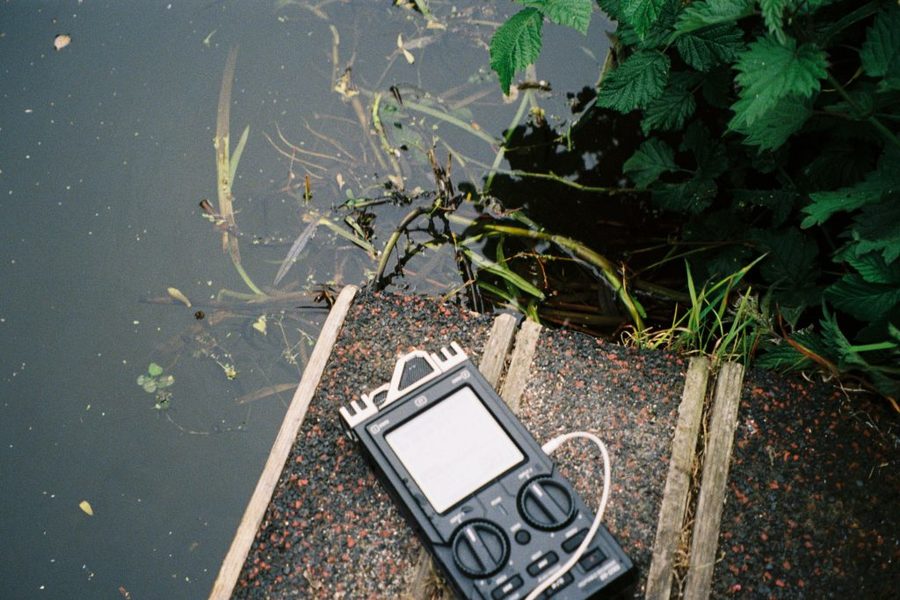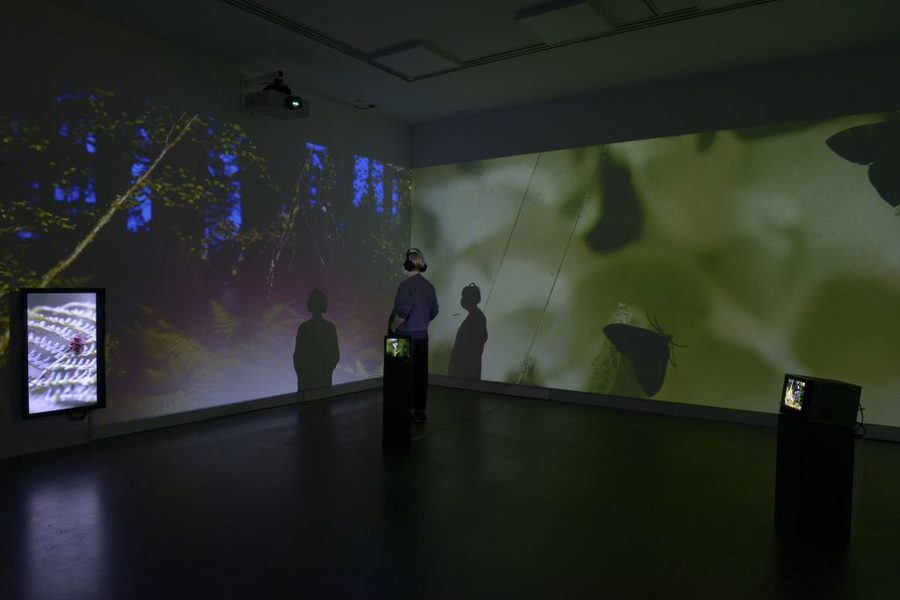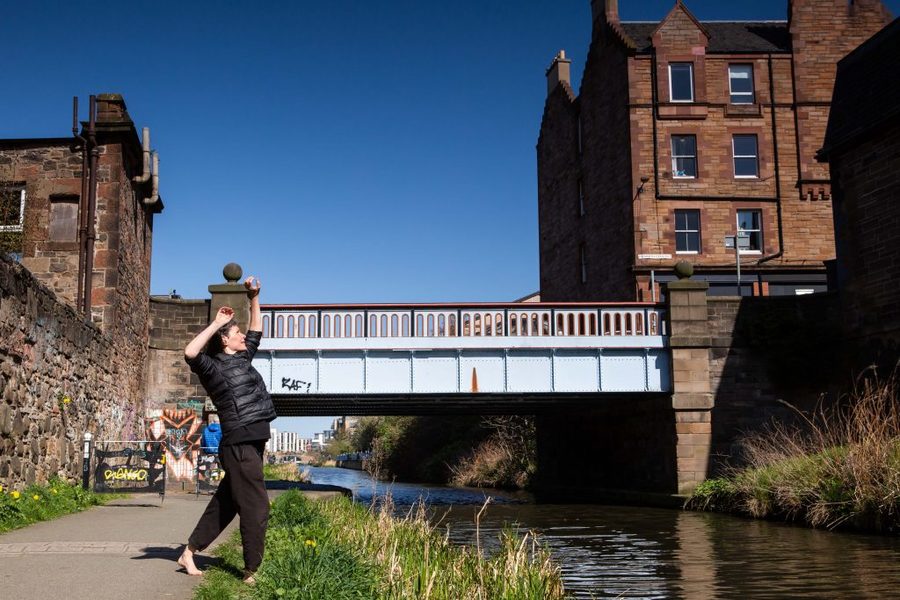Emmie McLuskey on her Edinburgh Art Festival programme
We meet Emmie McLuskey, this year’s Edinburgh Art Festival Associate Artist, to discuss her collaborative, multi-disciplinary programme Channels
The programme looks fantastic! What was the starting point and how did it come together?
It’s the second year of the festival’s Associate Artist Programme and they invited me to respond to the context of the Union Canal, which is a huge piece of infrastructure running between Edinburgh and Falkirk. I found the space really compelling and came to it without knowing much about the history of canals in the UK. People often think of canals as natural structures but they’re industrial, man-made sites.
The Union Canal was built off the back of the labour of Highland folk and Irish people, who were brought in to dig it. It made the movement of people possible, but it became redundant after just 20 years due to the railway and then fell into disrepair. The Union Canal’s history is a cycle of industry and regeneration, which speaks to the difficult contemporary condition we find ourselves in today.
Before taking on this project, I was working with Atlas Arts on the Isle of Skye, as part of a project that explored intersections between local and global environmental issues and social justice. Leading Edinburgh Art Festival's Associate Artist Programme allowed me to think about how that operates in an urban context. I sought out artists who were engaged with social and political contexts and wanted to work in a collective, collaborative way, not in isolation. It’s been a great process of learning together. We’ve ended up with four new commissions (by Hannan Jones, Maeve Redmond, Amanda Thomson, and Janice Parker) and a radio station. The talks and radio shows happening around the artwork are integral parts of the programme.
Canal-side developments are often part of hyper-capitalist regeneration, in places like Manchester or East London. The programme makes an interesting, provocative intervention in a post-industrial site that seems to have so far largely resisted gentrification. Was the commodification and gentrification of public space something you and the artists thought a lot about during the planning and research stage?
Art has a lot to answer for in terms of gentrification. I really wanted to walk into that conversation and hear about what locals are doing, and what they think. The artists are engaging with these questions too. Janice Parker is really interested in the ungentrified movement and the politics of being a moving body in public; Amanda Thomson is thinking about why certain plants ended up by the canal. A lot of her work also deals with what’s termed in botany an ‘immigrant plant’ – why do we still use these forms of categorisation? What is ‘native’? We’re all products of so many different things.
That comes through in Hannan Jones’ art too, the idea that we all inhabit multiple identities. The artists and I didn’t see this as an opportunity to put some nice artwork by the canal. It was important that we engaged with questions of class, space, labour, challenging harmful capitalist structures – and make others question them as well. That’s what art’s about, questioning the status quo. Background Noise, the radio station, will engage with that sort of political debate. It’s a place for members of the local community, who’ve witnessed so many changes along the canal, to talk about how they’re responding to this ever-shifting landscape.
Amanda Thomson and Hannan Jones are both exploring the non-human worlds that coexist within our environment, worlds we don’t always pay attention to. Was the climate catastrophe at the forefront of your programming, or did those issues emerge organically?
These issues should be at the forefront of any responsible person’s mind. We won't have a world if we don't think about these things. Listening to the local environment and engaging with it is at the heart of the programme. Some of the inspiration comes directly from my work with Atlas Arts’ School of Plural Futures, on Skye, but I also chose to work with these four artists because issues of sustainability, social justice and the environment are at the forefront of their art. In different ways, they all thought carefully about the sustainability and long-term impact of their work around the canal.
You’ve put together such a wide-reaching programme that connects to so many issues and different groups, it’s clearly been a huge undertaking. What were some of the key learning curves during the process?
I’ve not had much experience with public art before, so that’s been a huge learning curve. I’m excited to see what happens when we hand the work over to the community and visitors. I was taken aback by how receptive and positive the local community was, they really did want to engage with us. They’re an incredible group of people – they really understand the value of engaging with the canal’s heritage and its uses. People were really willing to share their experiences and that’s led to some inspiring engagement. There’s a tendency to think that people will say no but I’ve found that they’re usually quite willing to engage if you’re clear and honest about your intentions.
I found being in dialogue with the four artists and Edinburgh Art Festival such an interesting process. Each of the artists work in incredibly interdisciplinary ways so I’ve learned a lot about how people in different fields approach ideas, think about timescales, and collaborate across disciplines. I’m hugely appreciative of the fact that the festival and the community welcomed us in, that’s been a real privilege. The festival has been very open, really accommodating of our needs and encouraging of the kinds of questions we wanted to raise through this year’s programme.
The Union Canal is an ambitious site for your first experience of programming public art! How challenging was it to work with such a vast public space?
Installing work in a public space is totally different to installing work in a gallery. The practicalities and limitations of the situation have to inform the work – none of the pieces in this programme would have been made for a gallery context. You give the work over to the public and that raises some very interesting questions. What happens if work gets graffitied on? Whose artwork is more precious in that instance? In terms of sound, what level can we go to and when should we turn it off, to respect the people that live around the canal? What traces will the artists leave on the environment, if any?
I congratulate all the artists for engaging with the challenges of public art head-on and being flexible with their process. I encourage audiences to think about those questions as well: where we place value and how it’s been constellated in these works. That’s another thing that’s interesting about public art, everyone has an opinion!


